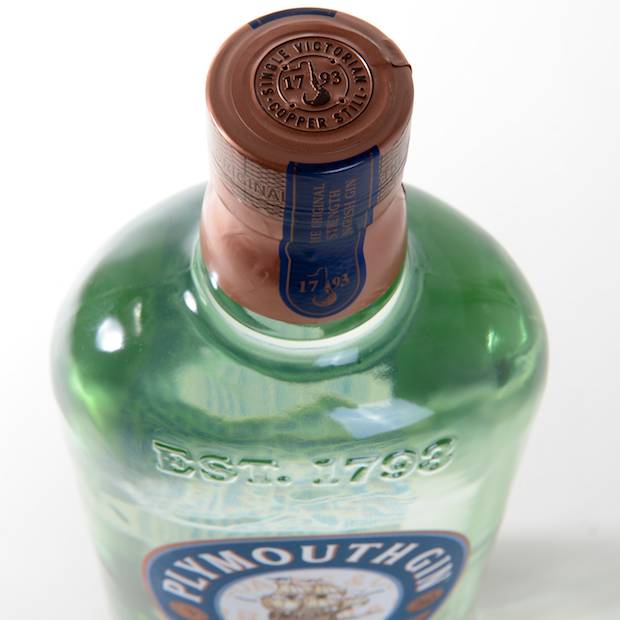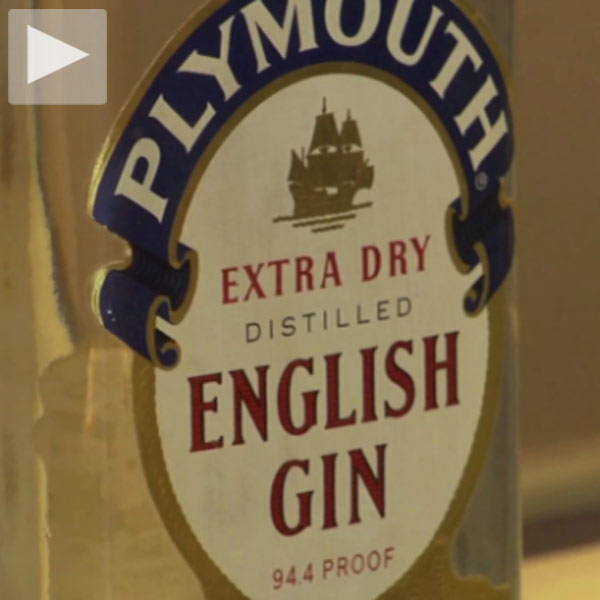The Atlantic Project Brings Art (and Reflection) to Plymouth
This 14-piece art festival explores and comments on the 400 years since the Mayflower left England

In 2020, it will have been 400 years since the Pilgrims left England on the Mayflower, and in one English city this is cause for both celebration and introspection. Plymouth, on the southwest coast of England, is where the Mayflower departed in 1620, and is now a city with beautiful Victorian naval buildings by the waterfront juxtaposed by a city centre overrun with Brutalist buildings that were erected after the city’s bombing in WWII.
As part of the Mayflower 400 commemoration, which is told from both the England and Wampanoag perspectives, the city has just launched The Atlantic Project. The aim is for it to become a new biannual art festival in the area, and the theme for this pilot event is “After the Future.”
To commemorate the anniversary and encourage discussion, a wide variety of artists have created site-specific installations with a focus on the Atlantic and other waterways, on beginnings and endings, migration and settlement. The artworks are placed all over Plymouth in a wide variety of settings, and many are truly thought-provoking. Take a look below at five standouts from the 14 pieces on show.

Postcommodity, Repellent Eye
The privately owned Drake’s Island, named after Francis Drake, lies in the ocean outside of Plymouth, close enough to be clearly seen from the shore. Here, artist group Postcommodity erected its “Repellent Eye.” In 2015, Postcommodity created a “Repellent Fence” on the US-Mexico border, made of agricultural “scary eye” balloons that are supposed to ward off birds from fields. Their colors are the same as those used by indigenous people from South America to Canada to ward off evil spirits. While the original installation used orange balloons, the eye hovering over Drake’s Island is black with an orange centre. And though there is no physical border here, the eye watches the historical endpoint of the old world and the border to the new one, making you think about which people we are warding off today—who gets to come in and who has to stay out.

Chang Jia, Heavenly, Corrupted Landscapes
Chang Jia’s new piece combines video and photographs to draw attention to Korea’s infamous Four Major Rivers Project, which polluted the country’s waterways. The stunning images look like traditional landscape paintings but are made with bacteria from the polluted rivers. While her older work—two of which are on show here—depict scenes of torture, the landscapes are about the wounds humans inflict on the environment, rather than each other.

Khadija von Zinnenburg Carroll, Cook’s New Clothes
In the Melville building in the old Naval yard, artist Khadija von Zinnenburg Carroll and a number of collaborators have created the artwork Cook’s New Clothes. “Instead of commemorating Captain Cook, we’ve focused on Tupaia, who is a Tahitian navigator and translator. He was really essential in the meetings in New Zealand and Australia for translating to the Maori, ensuring the successful passage, but he’s basically completely erased from the historical narrative,” von Zinnenburg Carroll explains. In imagining what a funeral procession would have sounded like in Batavia, now Jakarta, Indonesia (where Tupaia died 250 years ago) the artists have created instruments made of plastic scraps from the ocean, as well as traditional cloaks made of modern materials, like security jackets. A procession will be lead on the banks of the River Tamar. “It’s basically a dirge for Tupaia,” she adds.

Donald Rodney, Psalms
Even though British artist Donald Rodney passed away in 1998, he’s present here in his Psalms artwork. The wheelchair has a neural network and wanders though the space it’s in, completely set on following its own path. When it comes up to people, it’s ignored or interrupted—similar to how people oftentimes ignore those in wheelchairs. Rodney’s work is currently being re-invigorated as a part of the Blk Art Group in the ’90s, and his “In the House of My Father” is the subject of a film by Luke Willis Thompson that’s part of this year’s Turner Prize. Rodney also has a connection to Plymouth through a previous piece, Visceral Canker, which connects the coats of arms of John Hawkins, the first slave trader to sail from Plymouth, to the coat of arms of Queen Elizabeth I through a circulation system of fake blood. Rodney originally wanted to use his own blood, to show his connection to the enslaved black men who were brought to the UK.

Jane Grant and John Matthias, Fathom (Atlantic)
Fathom is an odd and engaging experience. On a grassy field on a hill, artists Jane Grant and John Matthias have rigged a stage that looks ready for a gig, but when you walk in between its speakers, what you hear is the ocean. The duo placed microphones on the bottom of the ocean outside Plymouth (“We connected them to weights and threw them out,” Matthias says) as well as above water, and these feed live sound to the speakers. The result is an installation that lets you move from underwater to the surface. “You experience what it’s like to be underwater and then, by moving up onto the stage, what it’s like to be free from underwater,” says Grant. “We’ve also been thinking about sound, how pervasive and hard to control it is.” As you experience the installation, you can, for example, see a ferry coming into shore and hear it both below and above water by simply moving around the stage, ensuring that even on dry land, you can’t escape the ocean.
The Atlantic Project is on at various locations, now through 21 October.
Images by Cajsa Carlson












